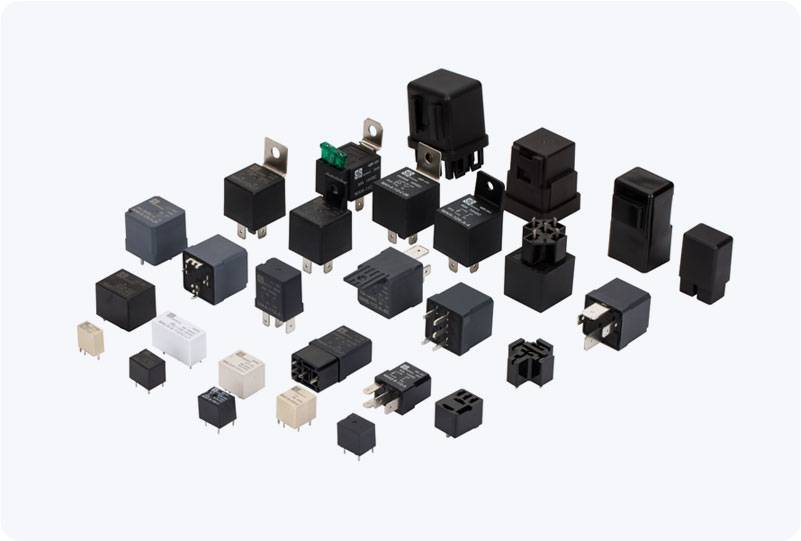understanding the importance of li-ion battery relay in battery management systems
Release time:2025-08-14 21:05:32
Li-ion (Lithium-ion) batteries have become the cornerstone of modern energy storage, powering everything from smartphones to electric vehicles (EVs). These batteries offer high energy density, long cycle life, and fast charging capabilities, making them ideal for a wide range of applications. However, the performance and safety of Li-ion batteries depend significantly on the proper management and control of charging and discharging processes. This is where the Li-ion Battery Relay plays a crucial role. In this article, we will explore the importance of Li-ion Battery Relays, their functionality, and their applications in ensuring the safety and efficiency of battery-powered devices.

What is a Li-ion Battery Relay?
A Li-ion Battery Relay is an electronic switch that is used to control the flow of current in a lithium-ion battery system. It acts as a critical component in a Battery Management System (BMS), which is responsible for monitoring and controlling various parameters of the battery to ensure safe and efficient operation. The relay typically switches the battery’s connection to the load or charger on and off based on specific conditions, such as voltage, temperature, and current levels.
Key Functions of a Li-ion Battery Relay
Current Control: The relay controls the charging and discharging processes of the battery by allowing or cutting off the current flow depending on the system's needs. It ensures that the battery operates within its specified current limits, preventing overcurrent situations that could damage the battery or reduce its lifespan.

